Important Formulas: We the Travellers—II | Mathematics (Maths Mela) Class 5 - New NCERT PDF Download
| Table of contents |

|
| Relationship Between Addition and Subtraction |

|
| Sums of Consecutive Numbers |

|
| Adding Large Numbers |

|
| Subtracting Large Numbers |

|
| Quick Mental Addition and Subtraction |

|
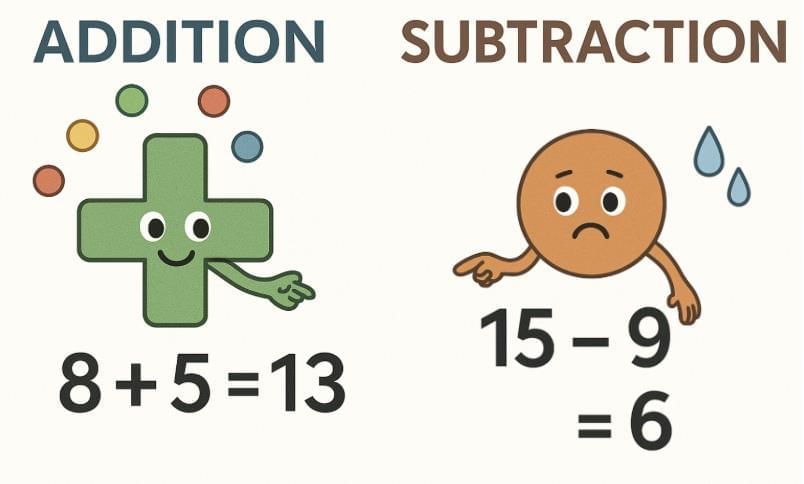
Fuel Arithmetic
Vehicles need fuel in litres (L):
Motorbike: 5–15 L
Car: 15–50 L
Lorry/Truck: 150–500 L
Train: ~5,000 L
Addition Rule:
To find total fuel, add the existing fuel and new fuel added.
Use place value addition: Ones, Tens, Hundreds, Thousands.
Example 1:
A car has 25 L of fuel.
It is refuelled with 18 L more.
Total fuel = 25 + 18 = 43 L
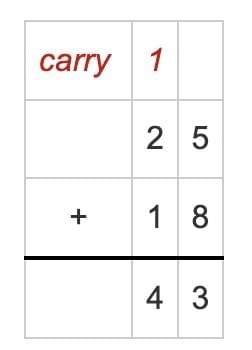
Example 2:
A lorry has 320 L of fuel.
It is refuelled with 175 L more.
Total fuel = 320 + 175 = 495 L
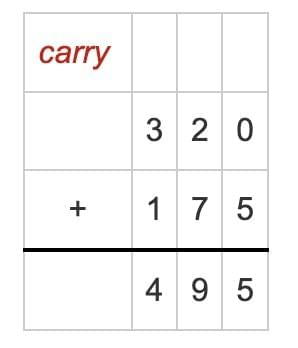
Subtraction Rule:
To find fuel filled, subtract initial fuel from total fuel after refuelling.
Always regroup (borrow) when the top digit is smaller.
Example 1:
A motorbike had 7 L.
After refuelling, it has 12 L.
Fuel filled = 12 – 7 = 5 L
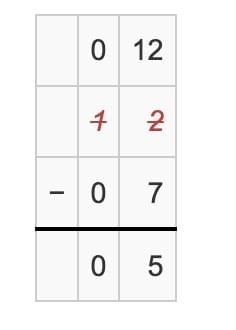
Example 2:
A train had 3,450 L.
After refuelling, it has 4,200 L.
Fuel filled = 4,200 – 3,450 = 750 L
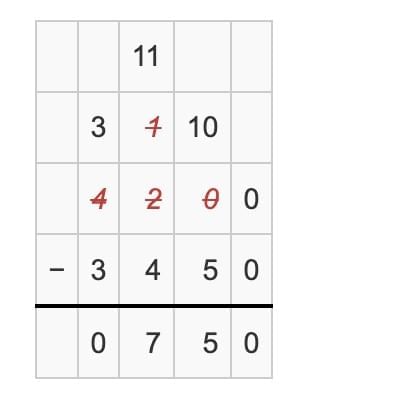
Relationship Between Addition and Subtraction
Addition and subtraction are inverse operations.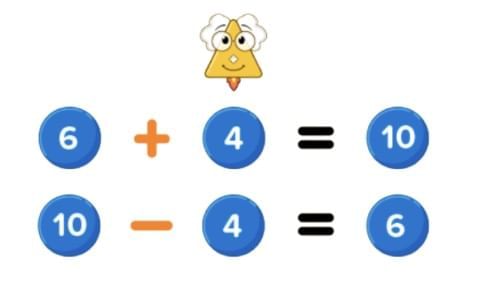
If A + B = C, then:
C – A = B
C – B = A
If A – B = C, then:
C + B = A
A – C = B
Sums of Consecutive Numbers
Consecutive Numbers: Numbers following each other in order (e.g., 11, 12, 13, 14).
Rules:
Sum of 2 consecutive numbers → Always odd.
Sum of 3 consecutive numbers → Multiple of 3 (odd/even depends on middle number).
Sum of 4 consecutive numbers → Always even.
Patterns:
For odd number of terms → Sum = Middle Number × Number of Terms.
For even number of terms → Sum = (First Number + Last Number) × (Number of Terms ÷ 2).
Difference Between Successive Sums = Number of terms.
Adding Large Numbers
Steps:
Align digits properly: Ones under Ones, Tens under Tens, etc.
Add from right to left, regroup when needed.
Example:
21,880 + 38,900 = 60,780
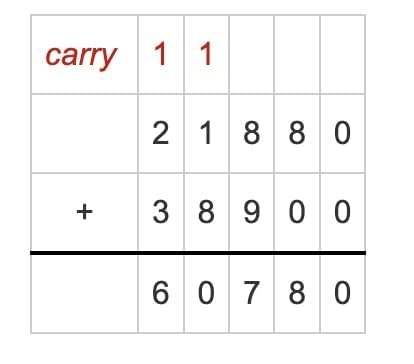
Step 1: Ones Place Value
0 + 0 = 0
Put the 0 in Ones place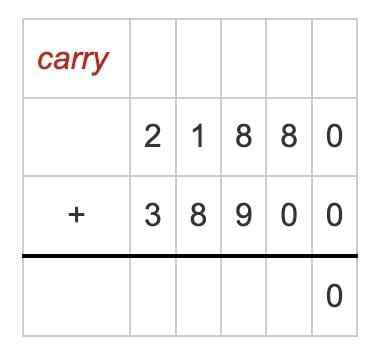
Step 2: Tens Place Value
8 + 0 = 8
Put the 8 in Tens place
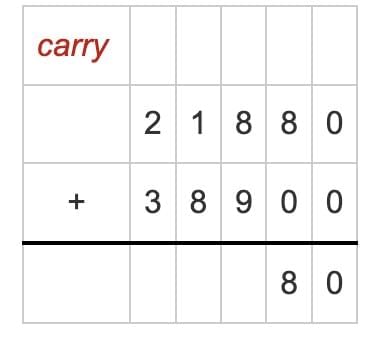
Step 3: Hundreds Place Value
8 + 9 = 17
Put the 7 in Hundreds place
Carry the 1 to Thousands place
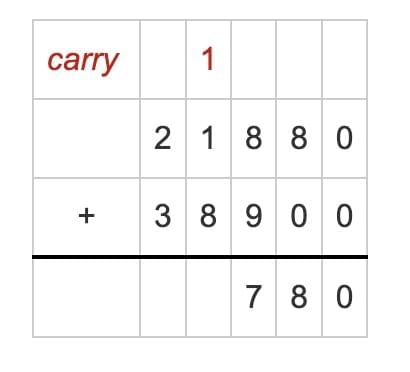
Step 4: Thousands Place Value
1 + 1 + 8 = 10
Put the 0 in Thousands place
Carry the 1 to Ten Thousands place
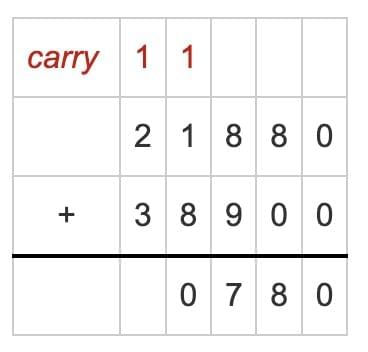
Step 5: Ten Thousands Place Value
1 + 2 + 3 = 6
Put the 6 in Ten Thousands place
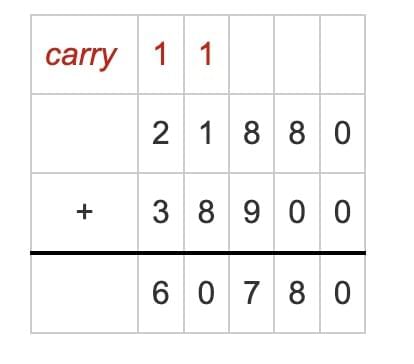
Subtracting Large Numbers
Steps:
Align digits.
Subtract from right to left.
If the top digit is smaller, regroup from the next place value.
Example:
2,700 – 1,083 = 1,617
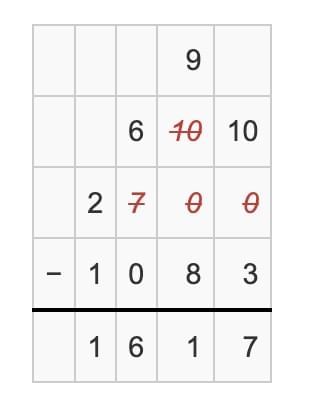
Step 1: 3 is greater than 0 so you must regroup:
Take 1 from 7, so 7 becomes 6.
Add 10 to 0, so 0 becomes 10.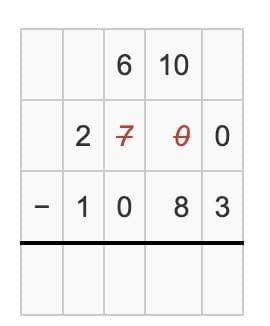
Step 2: Take 1 from 10, so 10 becomes 9.
Add 10 to 0, so 0 becomes 10.
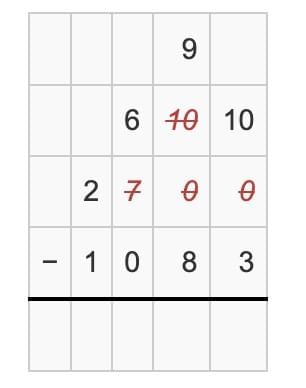
Step 3: 10 minus 3 is 7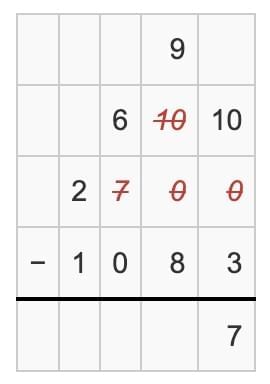
Step 4: 9 minus 8 is 1
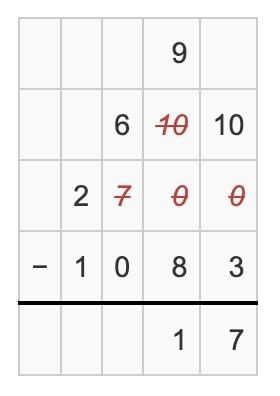
Step 5: 6 minus 0 is 6
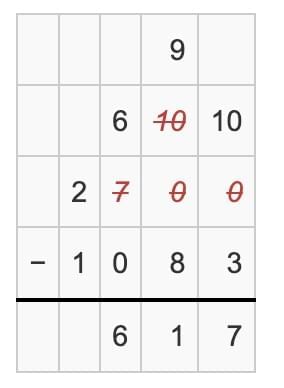
Step 6: 2 minus 1 is 1
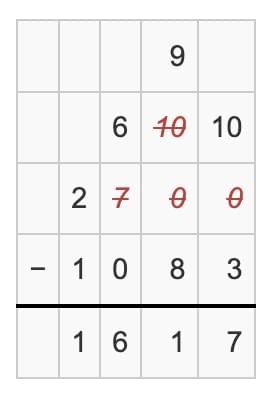
Quick Mental Addition and Subtraction
Sukanta’s Challenge
To find missing number in: Number + ? = Target → Subtract.
Example: 100 – 32 = 68
Piku’s Method
To reach 100:
Add to nearest multiple of 10.
Add the rest.
Example: 32 + 68 = 100 (via 32 + 67 = 99, then +1).
Namita’s Trick
To subtract 9: Subtract 10, then add 1.
To subtract 99: Subtract 100, then add 1.
To subtract 999: Subtract 1000, then add 1.
|
35 videos|322 docs|7 tests
|
FAQs on Important Formulas: We the Travellers—II - Mathematics (Maths Mela) Class 5 - New NCERT
| 1. What is the relationship between addition and subtraction in mathematics? |  |
| 2. How can I find the sum of consecutive numbers? |  |
| 3. What are some tips for adding large numbers quickly? |  |
| 4. What strategies can I use for subtracting large numbers? |  |
| 5. How can I improve my mental addition and subtraction skills? |  |















